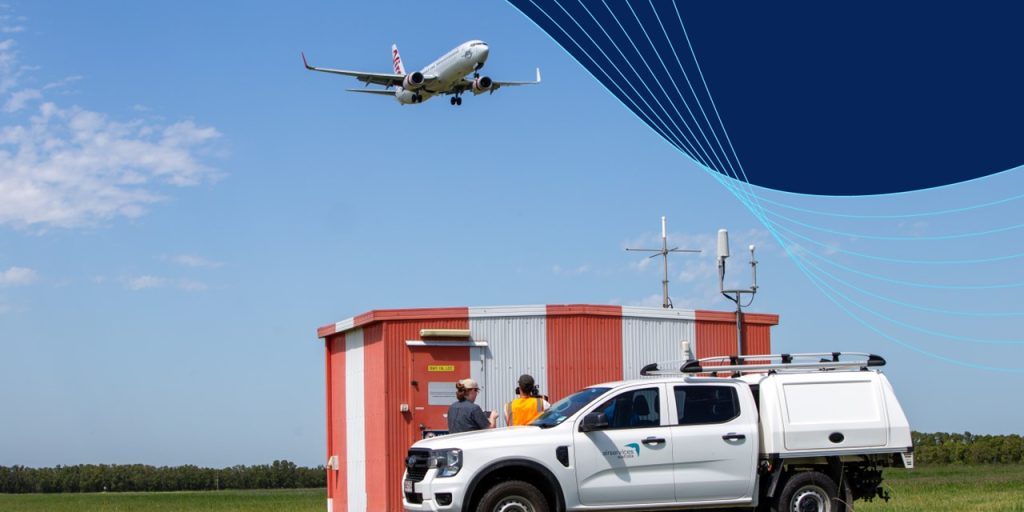Western Sydney will be Australia’s first airport without a traditional air traffic control tower as Airservices Australia modernises its air traffic management capabilities with safe and efficient digital technology.
Western Sydney International (Nancy-Bird Walton) Airport (WSI) will operate as a digitised aerodrome, with more than 20 high-resolution cameras monitoring the airport and immediate airspace and beaming real-time vision to a centralised control room.
Airservices is partnering with technology providers CDC and Frequentis Australasia to develop the Digital Aerodrome Service (DAS) at WSI using internationally proven, state-of-the-art technology that provides more information and greater situational awareness to air traffic controllers.
Airservices will provide world’s-best practice, safe and efficient air traffic management services from a cutting-edge DAS centre at Eastern Creek (pictured above).
DAS enables new air traffic management tools and features such as object tracking, night vision and image enhancement – allowing air traffic controllers to see beyond the limitations of the human eye. Infrared cameras will enable controllers to see more at night and during periods of low visibility.
Digital aerodromes are already in operation around the world in the United Kingdom, Sweden and Germany.
There are also three digital airfields in Germany, plus others in Argentina, Brazil (Defence), Hungary and Norway. Digital aerodromes are currently being installed in Denmark and France, alongside Australia.
Jason Harfield, Airservices Australia Chief Executive Officer, said DAS technology would improve the capability of air traffic controllers as airspace management became increasingly complex.
“Airservices is proud to partner with WSI to deliver this first-of-its-kind aerodrome in Australia,” Mr Harfield said.
“DAS is world-class technology that will improve the capability of our controllers, enabling us to deliver even greater levels of safety and increased capacity.”
Western Sydney International Airport’s Chief Executive Officer Simon Hickey said DAS was tried, tested and proven technology.
“The digital tower at WSI will bring together the skills of Australia’s air traffic controllers, with cutting-edge digital technology to enhance safety and improve efficiency,” Mr Hickey said.
“This exciting technology has earned its place in what will be an airport focused on delivering passengers and airlines an incredible experience.”
More than 70 new Airservices jobs will be created for Western Sydney across the organisation’s Aviation Rescue Fire Fighting (ARFF) service, air traffic control and maintenance and training services.
About Airservices
Airservices Australia is the Federal Government-owned organisation responsible for the safety of 11 per cent of the world’s airspace and the provision of aviation rescue fire fighting services at Australia’s busiest airports. We work closely with our customers and industry to support the long-term growth of the aviation industry and are investing in technologies to position Australia at the forefront of innovation in the global aviation industry.



